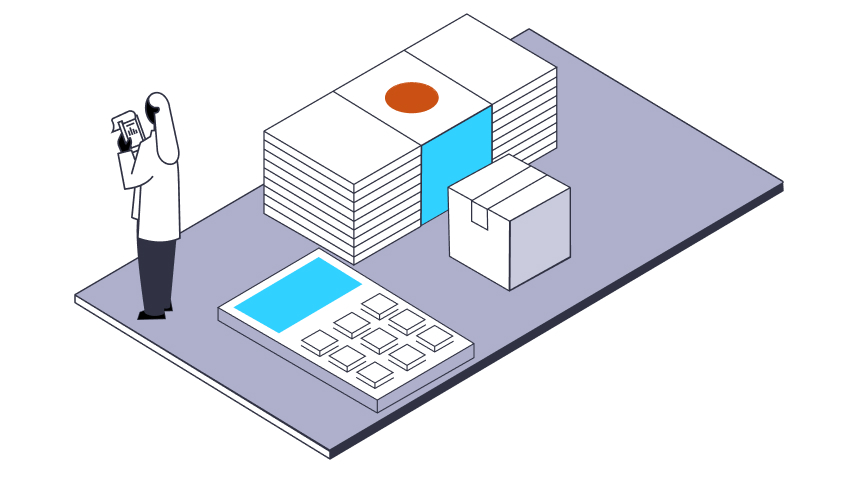Changing price elasticity
In Asia Pacific, shopper price elasticities—the measure of how price changes impact shoppers’ demand for a product—have dropped since pre-pandemic times, defying the expectations of manufacturers and retailers who were setting low prices based on the assumption that shoppers will be making purchase decisions based solely on the lowest price on shelf.
In reality, price elasticities to shelf price in Asia are now slightly lower than seen in the Middle East, as FMCG categories, particularly consumables, household care, personal care, and over-the-counter healthcare products have become more relevant and enjoy greater basket share.
Asia’s constrained and cautious insulated consumers are also willing to trade up for products that offer a strong value proposition and meet their budget requirements.

Want to reset your pricing strategies?
Price your products to increase average spend and drive category growth.
Shoppers are now less aware of regular prices
COVID-19 has changed consumers’ priorities and purchase behaviours. Our research shows that APAC consumers are 20% less aware of a product’s regular price than they were a year ago. Their value-seeking behaviour has manifested in different ways, such as larger pack sizes and greater market share for private labels. Consumers’ quest for convenience and safety has also accelerated the shift to e-commerce across the region.
These shifts have brought Asia’s manufacturers and retailers to a crossroads – do we reevaluate our price and promotion strategy based on low price elasticities? Or do we fall back on previous years’ strategies that were heavily dependent on discounts to drive sales, and essentially guide shoppers back to a bargain hunting behaviour?
The stakes are high. In the last 12 months, 37% of FMCG sales in APAC were products that were sold on promotion; 19 percentage points of these products would have been sold even if they were not discounted. Put simply, the FMCG market could have grown an additional 3.3% in sales value if the right discounts were deployed for the right products at the right time.
Rather than viewing discounts as a lifeline, retailers and manufacturers can activate promotions to incentivize shoppers to try new products and entice them to indulge in aspirational items that meet their needs. This purposeful pricing and promotion strategy will ultimately increase the average spend of consumers – a win for manufacturers and a win for retailers.
Break the promotional mindset
With price elasticities at their current low levels, FMCG retailers and manufacturers should take this golden opportunity to reinvent the price and promotion wheel.
The key to success lies in understanding your category’s promotion sensitivity. If your category is one that performs well organically, act quickly to redefine the optimal promotion baseline to maximize profits and decrease the promotional reliance for the category.
If a category is underperforming, the temptation to drive sales volume through promotions is high. However, delivering value is the best defense against price. Rather than slashing prices, brands could explore other mechanics like promo packs and bundle packs with complementary categories, or by restaging existing products to highlight attributes that better meet shoppers’ needs.
Act today but plan for tomorrow
For the FMCG industry, COVID-19 presents a tremendous opportunity for future growth. Implement the following actionable suggestions to reinvent pricing and promotion strategies to capture these growth opportunities:
- Price competitively while protecting margins: Find the right price that balances both profit and share, while avoiding psychological pricing tactics used to entice shoppers but are harmful for the brand’s overall price strategy.
- Take a surgical approach to pricing by analyzing your portfolio and identifying items that are suitable for promotions.
- Determine the right promotional activities at the item level across any market, channel, and retailer outlet and understand detailed analysis of promotion efficiency.
- Gather information that is mutually profitable for both manufacturers and retailers, using this information to demonstrate how to create more value and more profit for the whole category.



